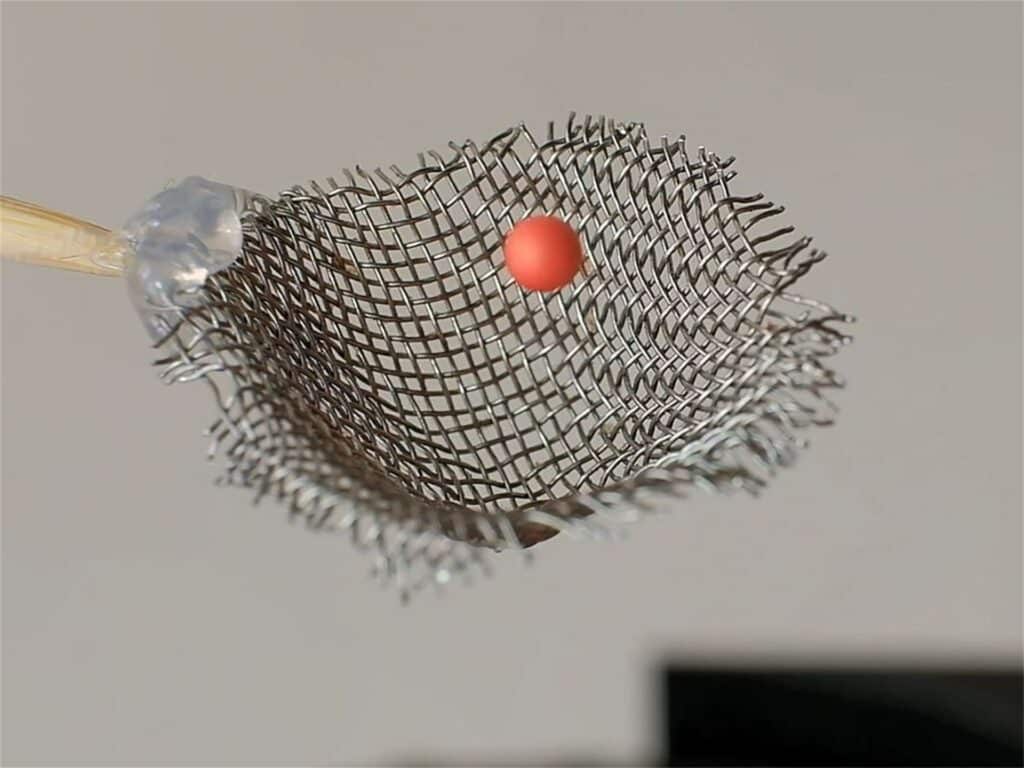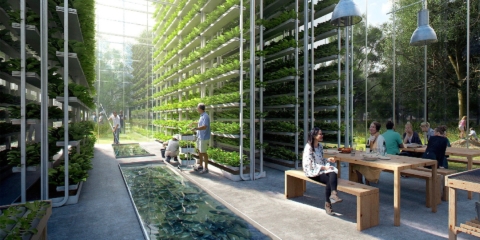Would you like to get notifications from Christian?
What happened? A new technology has been developed that could revolutionize the construction industry. Levitation technology allows objects to be assembled without ever touching them! This astounding innovation was demonstrated by a team of researchers from Spain's Universidad Publica de Navarra. The Leviprint system uses acoustic levitation to hold building materials in the air, allowing them to be manipulated without any contact. This could change how we build everything, from houses to bridges and cars to toys.

a-red-ball-is-seen-floating-in-the-air--upnaswns-zenger
Why is this important, and how will this impact people and our society? This technology has the potential to change the way we build things on a fundamental level. It could make construction faster, easier, and safer. Levitation technology could also be used in other industries, such as manufacturing or healthcare. This innovation is an exciting example of how digitalization can improve our lives! The team believes that this technology could be commercialized within the next five to ten years. So, we may soon see Leviprint systems being used in construction sites worldwide!

sticks-were-manipulated-through-the-air-to-form-a-bridge-structure--upnaswns-zenger-christan-kromme-speaker-futurist
It will be interesting to see how this technology develops and what applications it will use in the future. Levitation technology has the potential to revolutionize the way we build things. I can't wait to see what they come up with next!
What are your thoughts on this jaw-dropping technology? Let us know in the comments below!
Author: Christian Kromme
First Appeared On: Disruptive Inspiration Daily
Christian is a futurist and trendwatcher who speaks about the impact of exponential technologies like AI on organizations, people, and talents. Christian tailors his presentations to your audience's specific industries and needs.



Our world is changing at an exponential rate! A big tidal wave of digital transformation and disruption is coming at us fast. Many organizations see this wave as a threat and experience stress, but there are also organizations that just see this wave as an opportunity.

Imagine sitting with just 10-15 fellow executives at a premier location, gaining clarity on the impact of AI on your industry while enjoying an exquisite dining experience. These are not just meetings—they are transformative moments that will shape the future of your organization



In the future, 3D printing and generative design will allow for products to be designed in a more decentralized manner, and production will take place closer to the customer and fully on-demand. 3D printing technology will also allow for more customization and personalization of products.


The agricultural industry is ripe for disruption. Robotics, AI, and IoT are all technologies that have the potential to radically transform the way we grow food. In combination with vertical farming, these technologies could increase the efficiency and quality of agricultural products.

A human-centered society is one that puts people first and where technology is used to unite and empower people. It is a society that values biological life and dignity above all else. It is a society that recognizes the importance of human relationships and works to strengthen them. In a human-centered society, all members of the community are valued and treated with respect.


The future of healthcare is here. New technologies like AI, IoT, big data, and smart sensors make it possible to become the CEO of your own health. Imagine that your phone can listen to your voice and AI algorithms can detect small nuances in the tone of your voice that indicate specific diseases.
